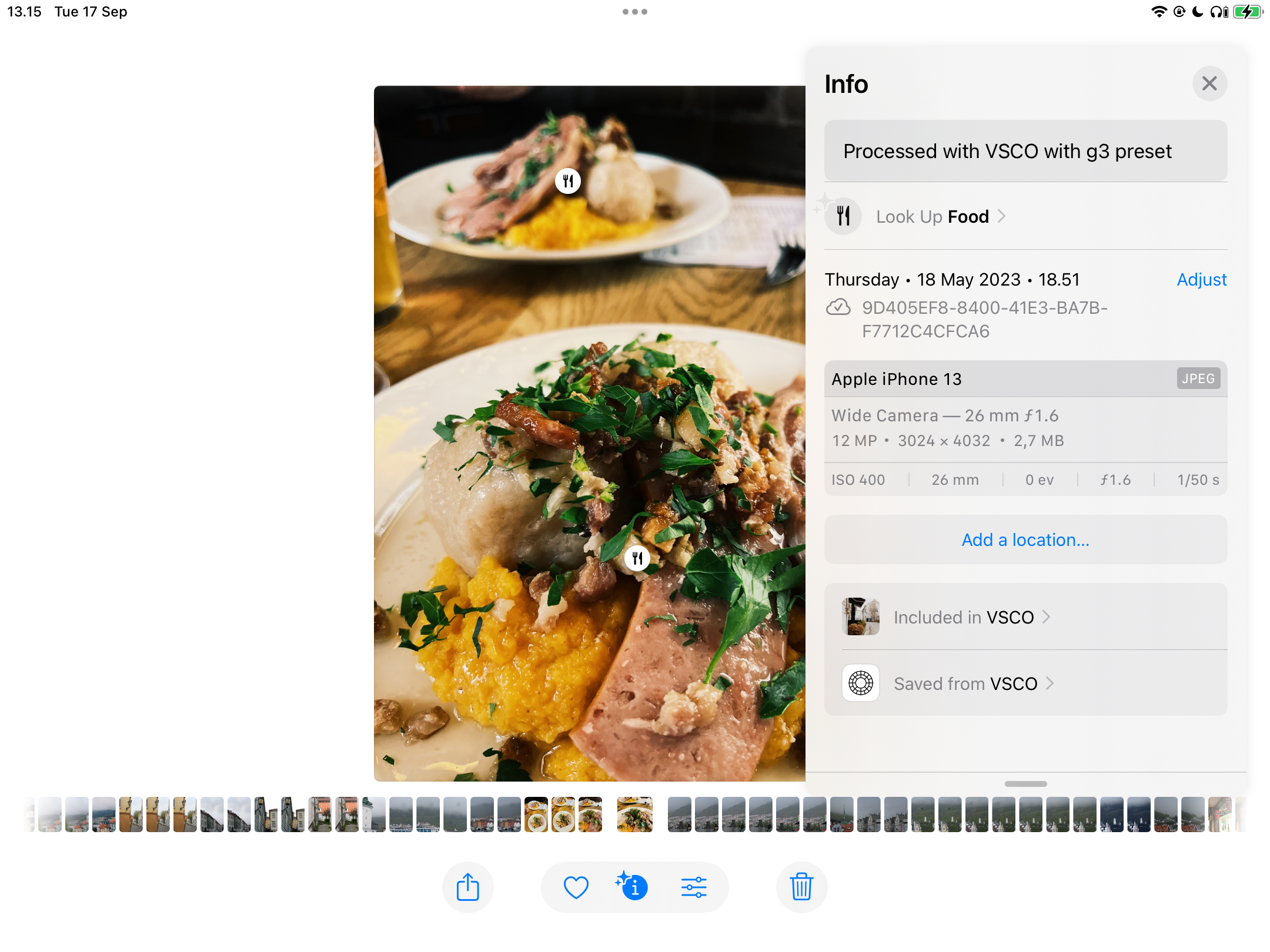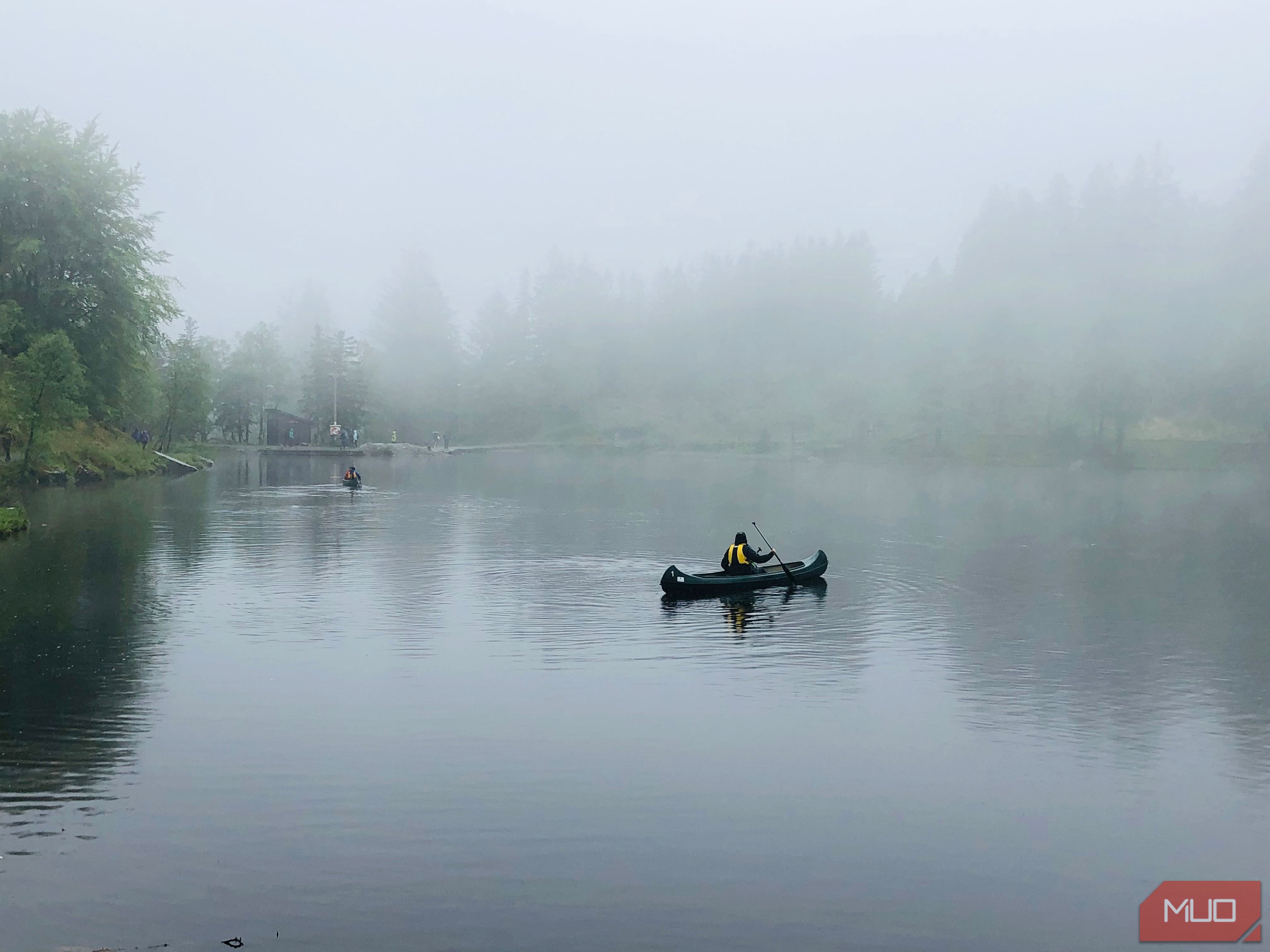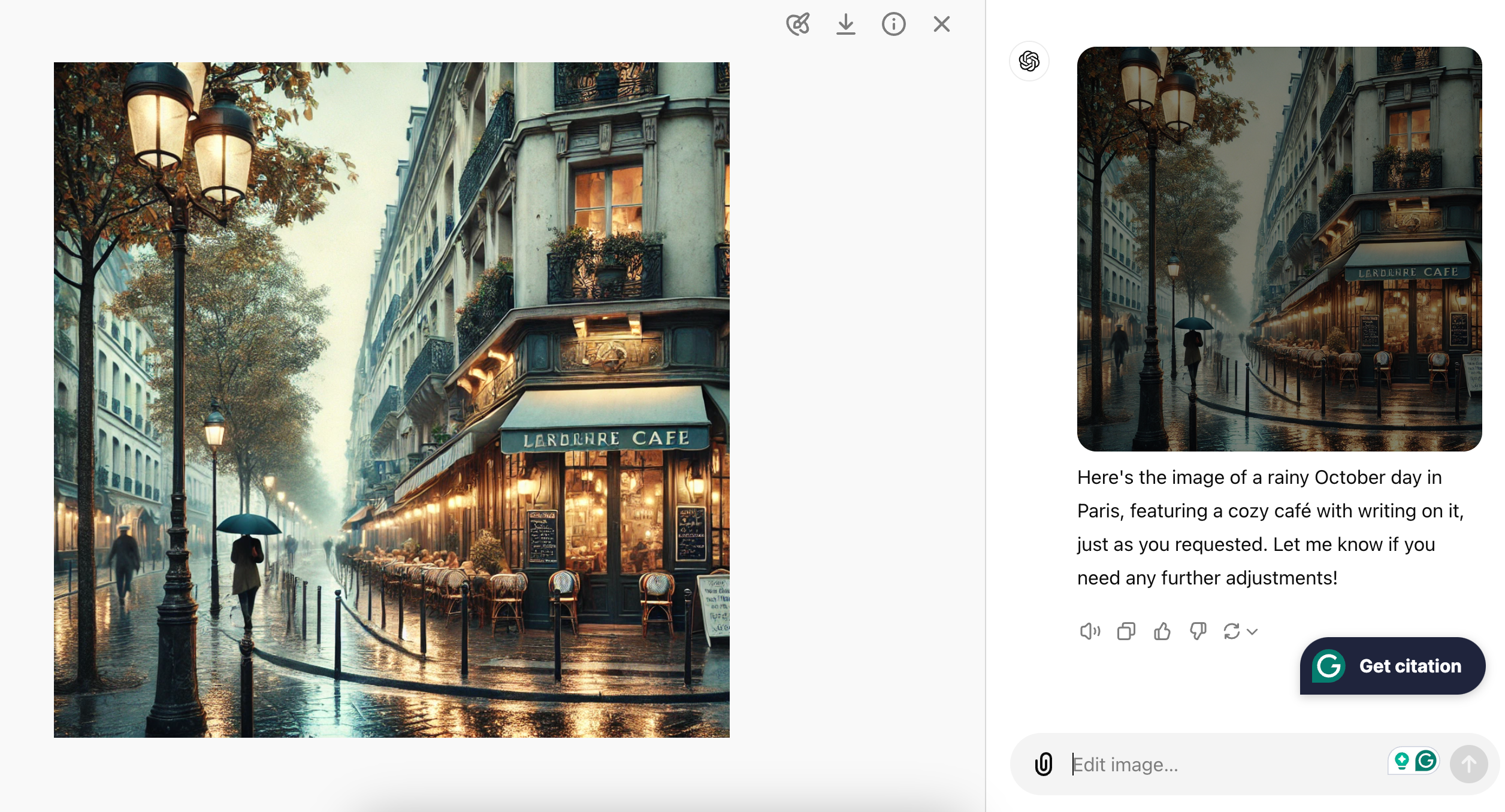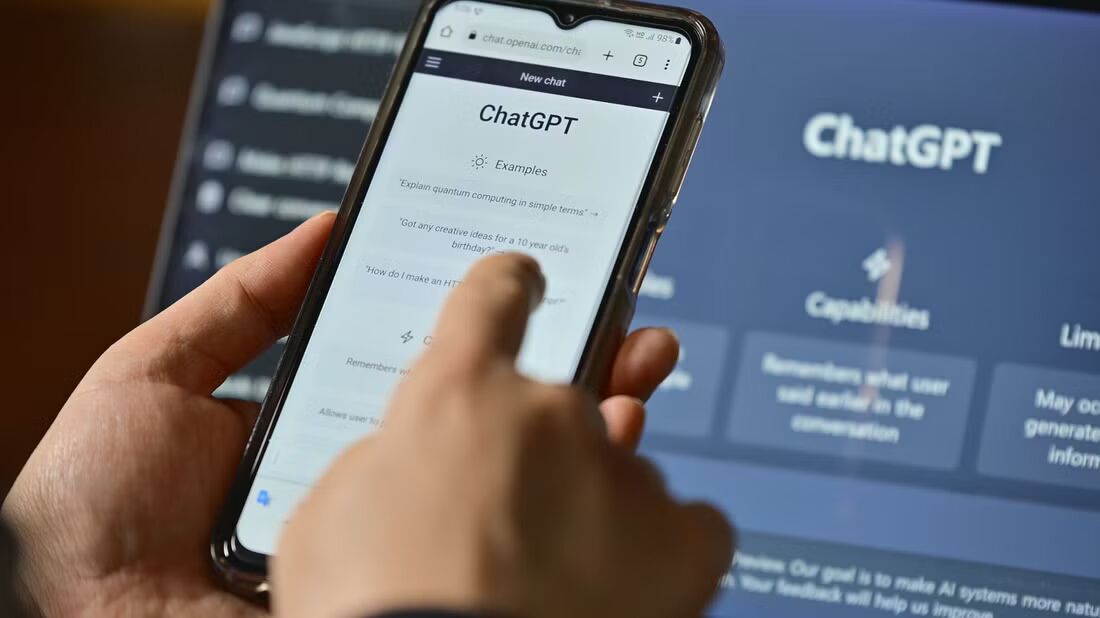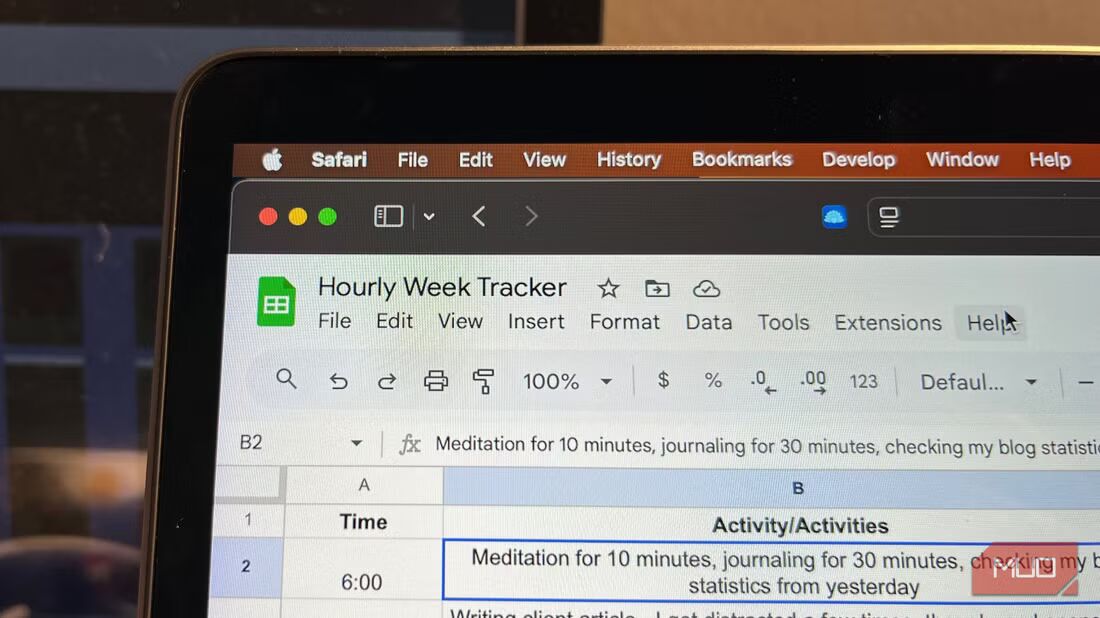Key Takeaways
- If you’re worried about others thinking that your images look AI-generated, you can do several things to avoid that.
- Not overdoing clarity adjustments is one way to do this, and you can also use your own unique editing styles.
- You should also avoid overthinking when taking your pictures.
With AI everywhere these days, you might wonder how you can make it clear that your images were created by you. The good news is that it’s quite simple, and in this guide, I’ll show you the top ways I make it clear that my pictures aren’t AI-generated.
1Giving Details of My Aperture Settings
One of the best ways to show others that your image wasn’t generated by AI is to highlight the technical specs. If you swipe up in the iOS Camera app, for example, you’ll notice that you’ll see the aperture and other aspects of your image.
If you’re sharing your photos on Instagram, your blog, or another social media platform, you might find it a good idea to disclose this information. Many of your mobile pictures will have the same aperture if you take them without an app, but third-party smartphone camera apps can let you alter the aperture.
You don’t need to do anything too crazy here; just add a note about the aperture in the description.
2Not Removing Too Much Clarity From the Image
I’ve done countless experiments with AI photo editors and generators to explore different areas of this tech. One of the most obvious signs that something has been created with AI is that images are often very flat. This, among many other reasons, is why I don’t think that manual editing will become obsolete—even with AI.
While you will naturally need to remove clarity from some pictures more than others, I think it’s pretty clear when you’re overdoing things. Generally speaking, I’ll keep the slider between 0 and -20 (at most) when taking clarity out of my pictures. There are some exceptions to the rule, but these are few and far between.
3Using My Own Unique Photo Editing Styles
While some people disagree, I always think that it’s very easy to see when something has been generated by AI. Friends that I have in other creative fields, such as music, agree when it comes to their expertise. Considering this, I think the easiest way to show that your photos weren’t generated by AI is by making them yours.
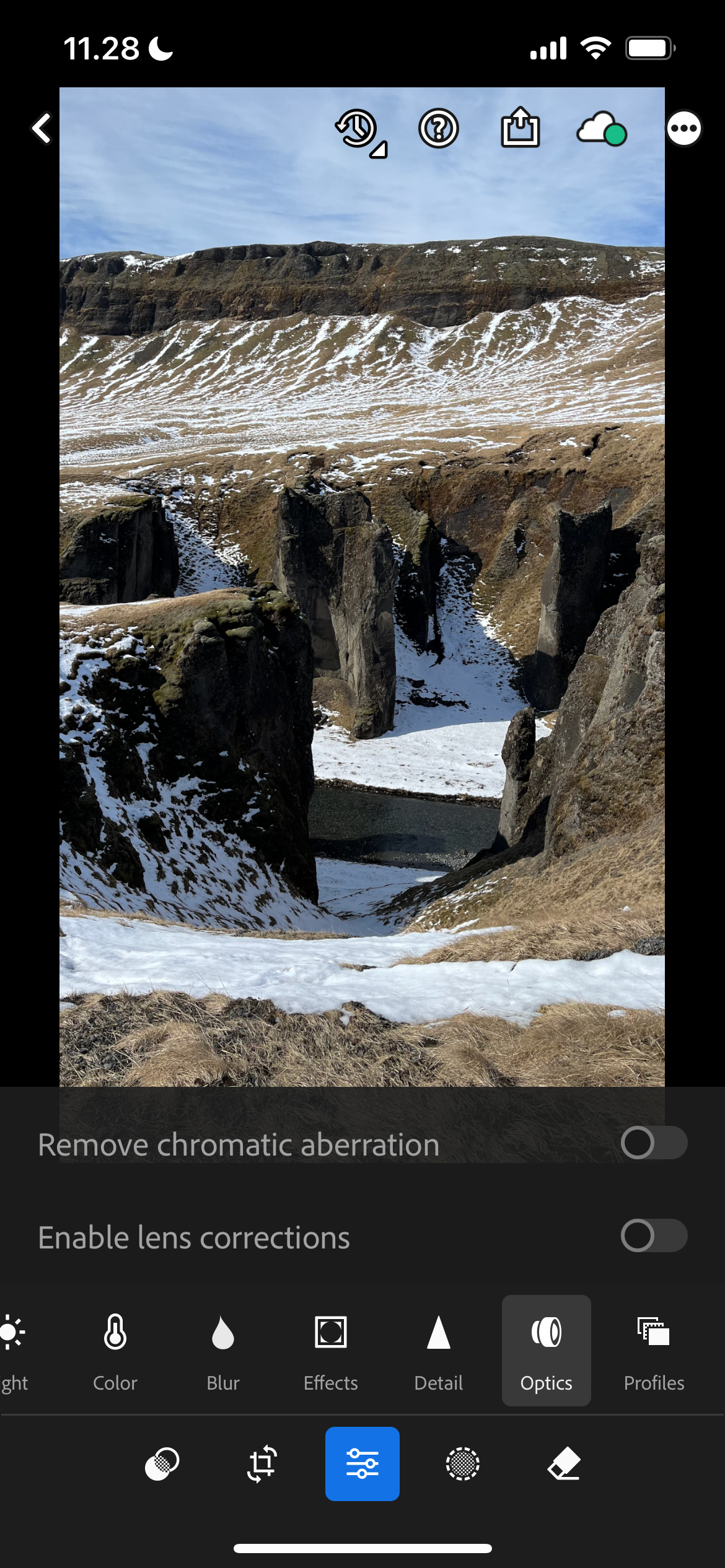
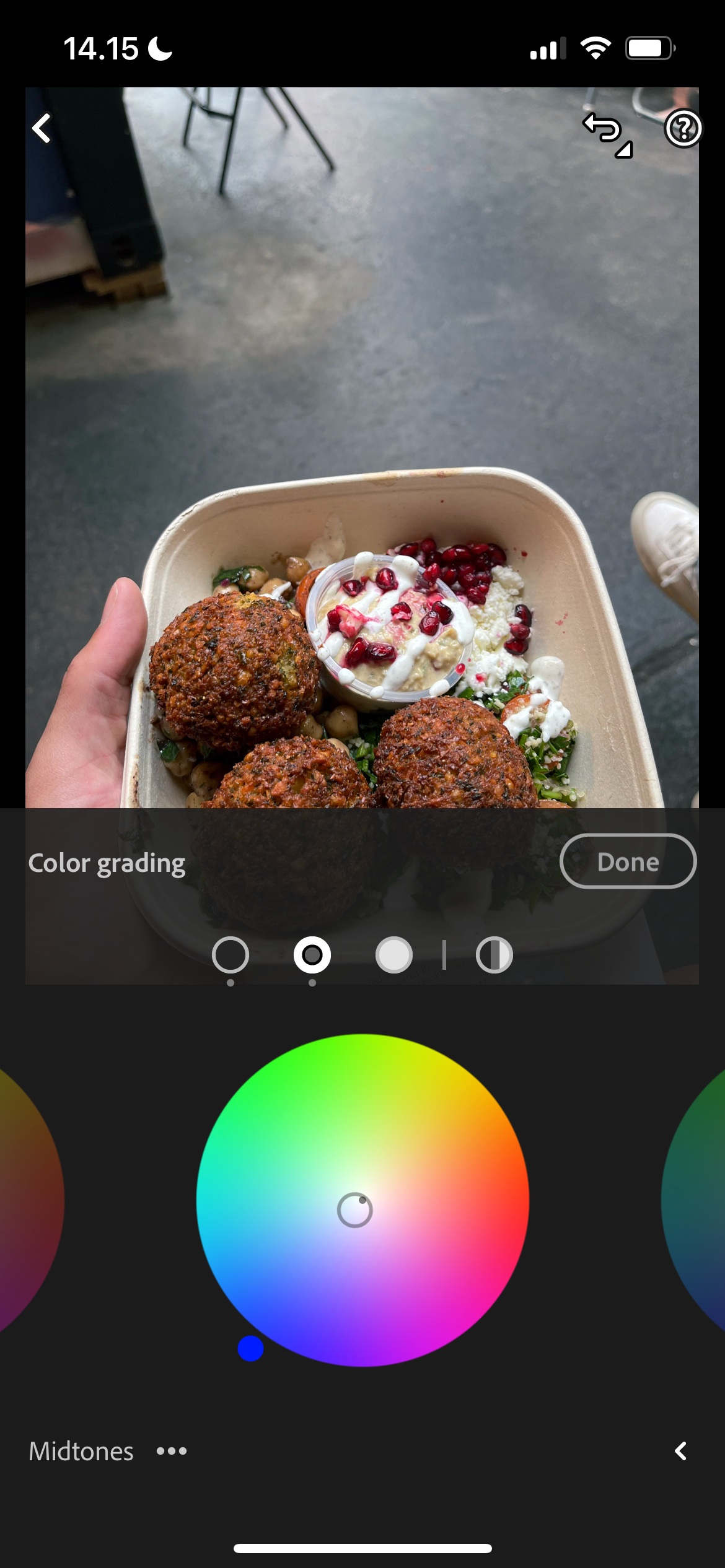
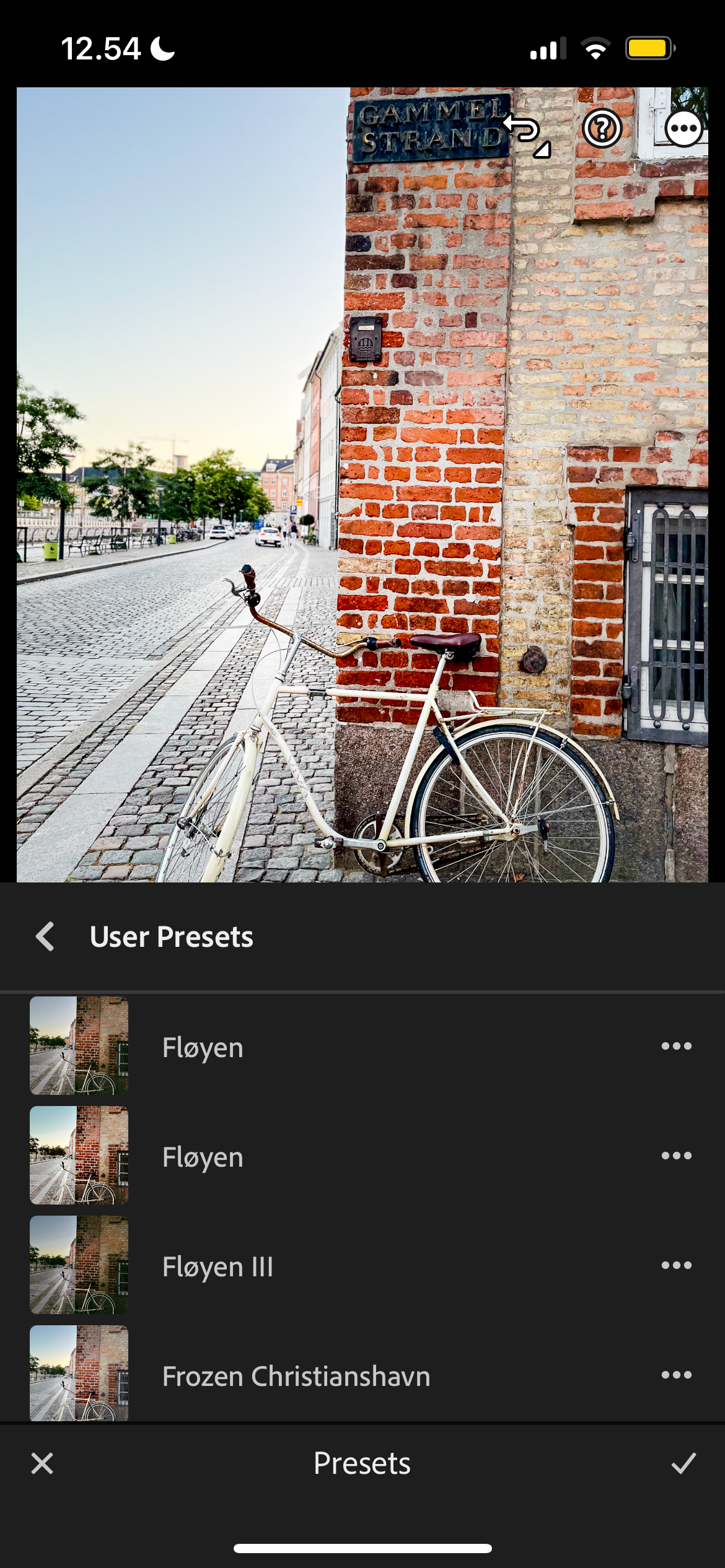
Regardless of whether I’m taking photos on my phone or camera, I always try to make my images unique. It should be clear to someone that they’re looking at a picture created by Danny Maiorca. To do this, I often use editing styles that nobody else can replicate (unless I released a preset allowing them to).
While I normally edit my photos in Lightroom, you don’t need a paid software subscription. Canva has a handful of free image editing tools, and I also recommend VSCO and Fotor.
4Capturing Unique Perspectives
While I’d recommend learning how to edit and developing a unique style over time, the path to taking more unique photos starts within the camera. When capturing images on my smartphone that I plan to share with others, I always try to think outside the box and capture the world through my eyes.
Sometimes, I will naturally take some of the same pictures you see elsewhere. However, as a photographer, I tend to see the world differently from others and will highlight it through unique perspectives. But I also recommend just photographing whatever you see as you see it.
If you need a starting point, you can check out this experiment of different photo compositions. Learning how to get the perfect composition in your smartphone photos is also a great idea.
5Limiting the Use of AI Editing Tools
AI photo editing features have made their way onto most apps, and some are certainly more useful than others. For example, I think that Lightroom’s AI denoise tool is amazing. The app’s ability to detect subjects for adjusting is also, in my opinion, the best on the market. However, to make sure that my photos don’t look like they were generated by AI, I try to limit how much I use editing tools.
My mantra with AI is that it needs to deliver the results I already want more quickly. Features like denoise and masking will do that, but I couldn’t care less about gimmicks like replacing the sky. What is and isn’t useful to you will vary compared to what it is for me, so I encourage you to experiment with different things.
6Ensuring That the Objects in My Images Look Real
Another way to tell that an image was generated by AI is that you’ll often see issues with objects in the picture. For example, when creating this picture in DALL-E, you can see that the sign on the building has pretty obvious defects.
Photos aren’t perfect at capturing things either, but it’s clear when something is real-life or not. Many AI tools will let you add different objects, but I would rather avoid using these. Each element in my photos should at least be similar to what it was like in real life, regardless if I used AI denoise or another feature to fine-tune it.
7Keeping the Metadata
If you download a picture from an AI image generator, you’ll notice that its metadata often tells you it was created with AI. I will sometimes remove the metadata from my pictures, but more often than not, the metadata is a good indicator that the photo was taken by you and not a random online tool.
Your image will have metadata by default, and you don’t really have to do anything to keep it there. You would have to go out of your way to remove it.
8Not Overthinking
Whether you’re an artist or a casual photographer, it’s very easy to overthink things these days. You might be worried that others will accuse you of using AI in your images and wondering how to stop that from happening, but the truth is that you cannot please everyone. Some people might try to discount your skills, but it’s important to know that those individuals are cynical about everyone and everything.
Above all else, I try not to overthink what others will think of my pictures (and I suggest that you do the same). As far as I’m concerned, my main objective is to share cool things with the world—even if others don’t like it.
If you’re concerned about your images looking AI-generated, you can try several things to stop this from being an issue. You can share details of your aperture and shutter speed. Moreover, you can make sure that the objects in your image look real.

